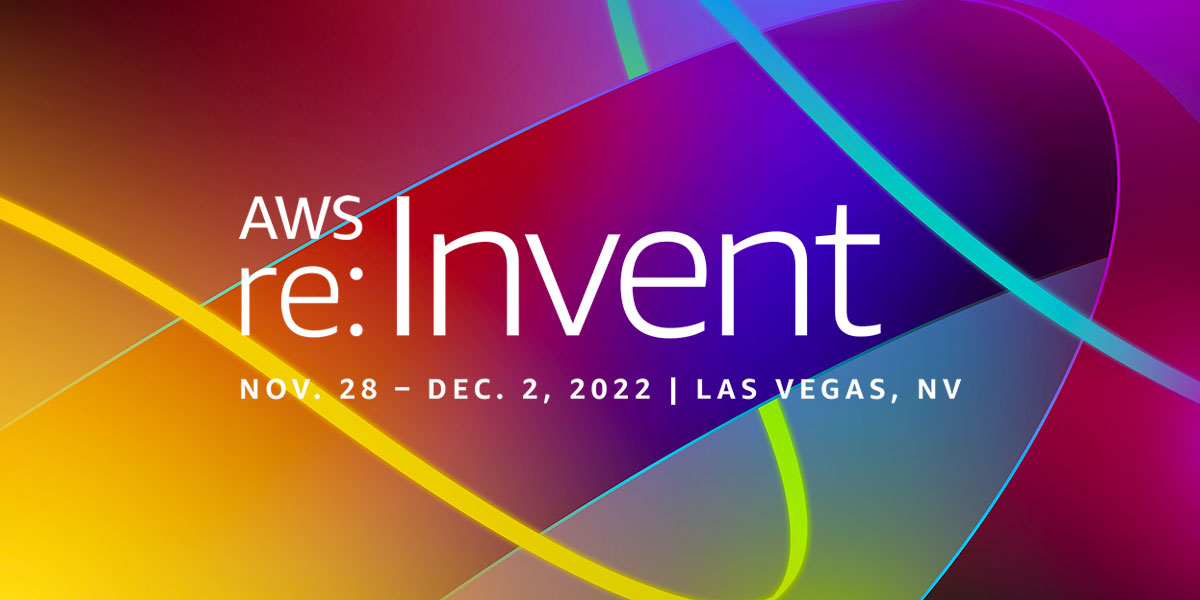AWS Public Sector Blog
Category: Aerospace & Satellite
United Arab Emirates Space Agency and AWS sign agreement to support long-term growth in the region’s space ecosystem
The United Arab Emirates Space Agency and AWS have signed a Statement of Strategic Intent and Cooperation that is designed to support the creation of a vibrant, sustainable, competitive, and innovative space sector in the United Arab Emirates (UAE). AWS will collaborate with the United Arab Emirates Space Agency and related UAE government space organizations on three initiatives designed to support the Space Agency’s long-term development goals.
Calming airport data turbulence with EASE
Airports receive data from dozens of disparate sources, but this data can lack the collective unity needed to see the bigger picture. The Cincinnati Northern Kentucky International Airport (CVG) saw an opportunity to turn down the proverbial volume on their data. Using AWS, CVG created a first-of-its-kind tool using data for predictive analytics and proactive notifications, now known as Enterprise Awareness & Situational Exceptions (EASE).
Top announcements from AWS worldwide public sector partners at re:Invent 2022
My favorite part of re:Invent, this year and every year, is the opportunity it provides to hear directly from AWS Partners and customers. As always, I’m impressed by the value that partners are delivering for customers, and I’m encouraged at the opportunities ahead of us to continue innovating, simplifying, and delivering results. For any partners who weren’t able to attend on-site, I want to share what the worldwide public sector partners team is working on to better serve partners. Here are a few announcements you may have missed.
Thinking bigger about what’s possible and customer-driven innovation: re:Invent 2022 public sector leadership session with Max Peterson recap
In the public sector leadership session at re:Invent 2022, Max Peterson, vice president of AWS worldwide public sector, spoke with special guests Dr. Peggy Whitson, astronaut and director of human space flight at Axiom Space, and Matthew C. Fraser, chief technology officer (CTO) of New York City, about the rapid digital transformation in the public sector and key trends that can help build a better future. Discover the conversations, stories, news, and announcements you missed at the re:Invent 2022 public sector leadership session.
AWS successfully runs AWS compute and machine learning services on an orbiting satellite in a first-of-its kind space experiment
At re:Invent 2022, AWS announced that it successfully ran a suite of AWS compute and machine learning (ML) software on an orbiting satellite, in a first-of-its-kind space experiment. The experiment, conducted over the past 10 months in low Earth orbit (LEO), was designed to test a faster, more efficient method for customers to collect and analyze valuable space data directly on their orbiting satellites using the cloud.
Get prepared for re:Invent 2022: A public sector guide
AWS re:Invent returns to Las Vegas, Nevada for 2022, from November 28 through December 2. The annual event helps customers and partners reimagine what’s possible by learning what’s new with AWS, growing their knowledge, and getting inspired by the global cloud community. How can public sector attendees prepare for re:Invent and make the most of their experience?
Announcing customer and guest speakers for Max Peterson’s Leadership Session at re:Invent 2022
At re:Invent 2022, discover how AWS empowers organizations across the public sector in the AWS Public Sector Leadership Session, on Tuesday November 29, from 5:00 PM – 6:00 PM. Dr. Peggy Whitson, astronaut and director of human space flight at Axiom Space, and Matthew C. Fraser, chief technology officer (CTO) of New York City, will join Max Peterson, vice president of worldwide public sector at AWS, on the re:Invent stage. Learn how these pioneers are paving new paths with AWS and discover how you can push boundaries and drive your mission forward for constituents.
NASA and ASDI announce no-cost access to important climate dataset on the AWS Cloud
To assist the science community in conducting studies of climate change impacts at local to regional scales, NASA created the NASA Earth Exchange (NEX) Global Daily Downscaled Projections (GDDP) dataset, or NEX-GDDP-CMIP6. This dataset is expected to enhance public understanding of possible future climate patterns at the spatial scale of individual towns, cities, and watersheds. It provides a set of global, high resolution, bias-corrected climate change projections that can be used to evaluate climate change impacts on processes that are sensitive to finer-scale climate gradients and the effects of local topography on climate conditions. As part of the Amazon Sustainability Data Initiative (ASDI), this dataset is available at no cost on the Registry of Open Data.
AWS and Project Kuiper to support the US military’s Hybrid Space Architecture project
Whether on land, in air, or at sea, having connectivity and access to information in the field is critical for the US Department of Defense (DoD). Satellite communications systems provide the DoD with critical capabilities—from delivering satellite imagery to enabling communications—that support military users operating around the globe. Now, as part of a new DoD research and development effort, AWS and Amazon’s Project Kuiper will help shape the future of global, ubiquitous, and secure internet connectivity throughout the space domain for the United States and its allies.
Reimagine what’s possible for the public sector at re:Invent 2022 — Register now
At this year’s annual re:Invent event from November 28 to December 2 in Las Vegas, you can dive deep on new innovations in the cloud, connect with public sector peers, and discover new solutions to your challenges with AWS. This year, there are more public sector specific content and opportunities for hands-on learning than ever before. Discover what public sector customers have to look forward to at re:Invent 2022, and register your spot today.







